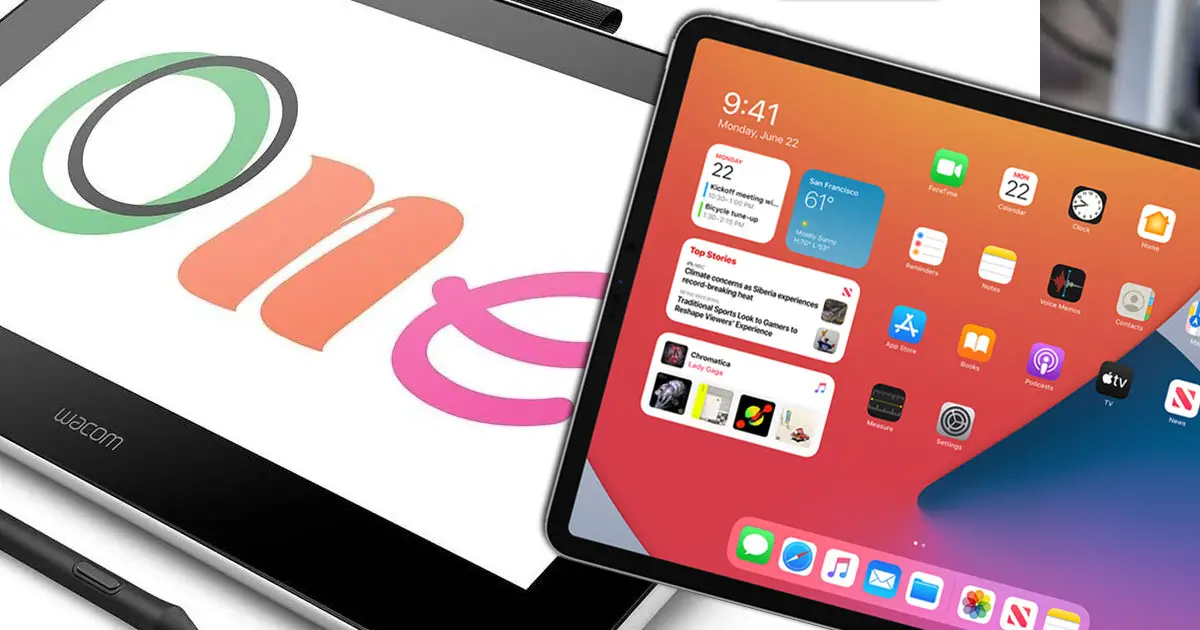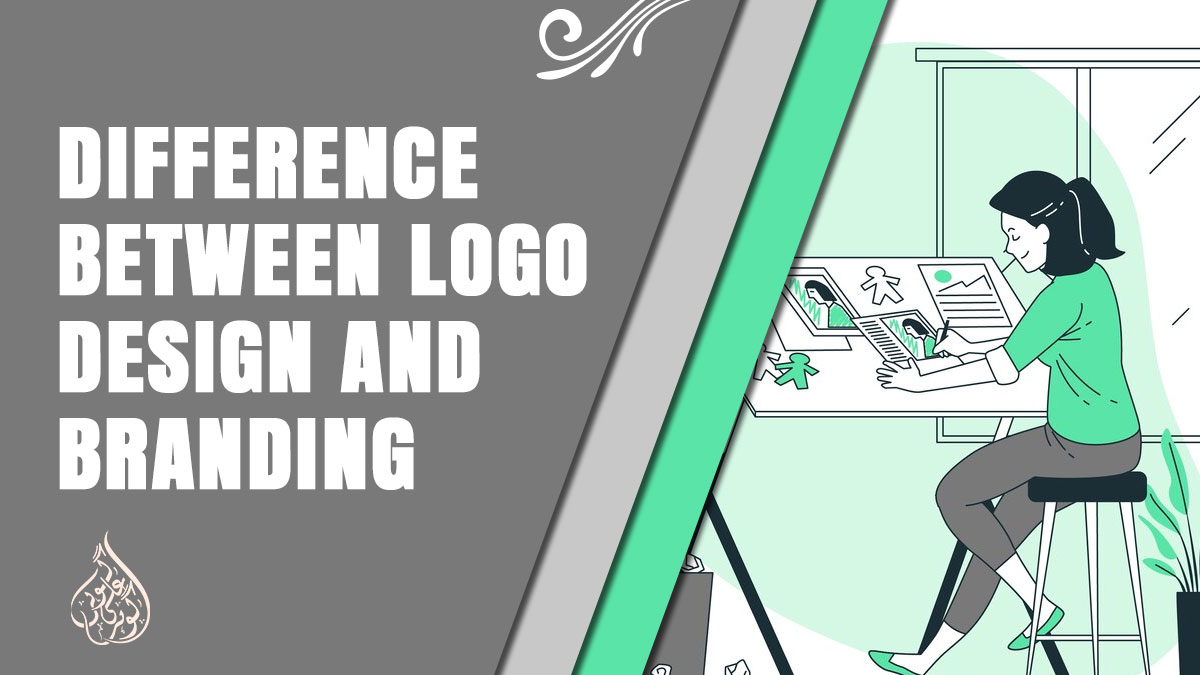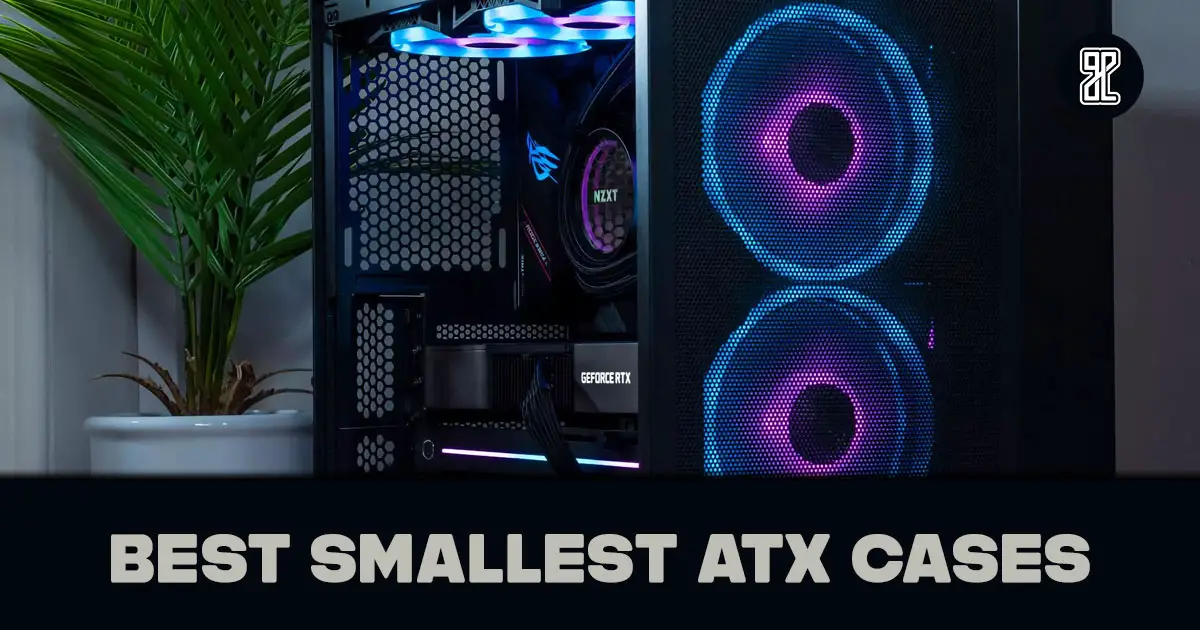In the vast realm of digital creativity, two prominent players stand out: Wacom tablets and iPads. As artists, designers, and tech enthusiasts seek ways to enhance their creative processes, a common question emerges: “Can You Connect A Wacom Tablet To An iPad?” This inquiry delves into the potential synergy between these two devices, each offering its unique set of features and capabilities.
Understanding the connection possibilities between Wacom tablets and iPads is crucial for those who aspire to seamlessly integrate these tools into their creative workflows. Whether you’re a seasoned professional or a budding artist exploring the world of digital art, unraveling the possibilities of connecting these devices opens doors to new dimensions of creativity.
Throughout this exploration, we will navigate the landscapes of Wacom tablets and iPads, examining their individual strengths and purposes.
Unleashing Creativity with Wacom Tablets
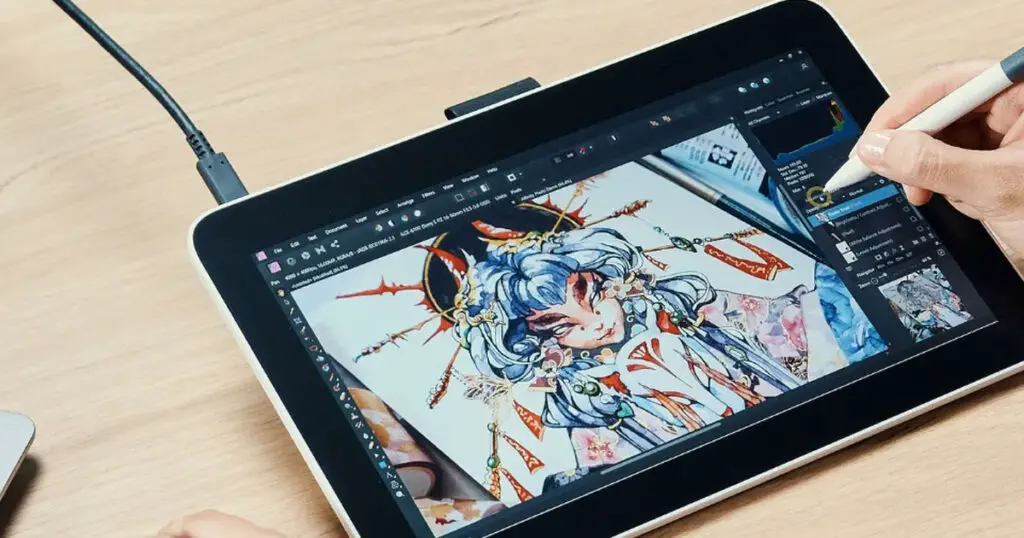
Wacom tablets, revered among the creative community, stand as a testament to the marriage of advanced technology and artistic expression. Designed to empower users across a spectrum of creative endeavors, these tablets are indispensable tools for drawing, designing, 3D gaming, photo editing, animation, e-learning, and more.
At the core of Wacom’s offerings is the stylus, a digital pen that serves as the conduit between the user and the digital canvas. Wacom stylus pens are meticulously crafted to replicate the experience of traditional paper sketches, bringing them to life in the digital realm. The family of Wacom stylus pens caters to various artistic preferences, ensuring a personalized and comfortable drawing experience.
Wacom tablets go beyond mere digital tools; they are ergonomic marvels designed to enhance the creative process. The intuitive design of these tablets allows users to seamlessly transition from traditional paper-based sketches to the digital realm, opening up a world of possibilities. The tablets’ wireless capabilities provide the freedom to create anywhere, anytime, without disrupting the creative flow.
The long-lasting battery life of Wacom tablets ensures that the creative journey can extend for hours on end. Whether capturing fleeting ideas, producing intricate illustrations, or immersing oneself in the world of digital artistry, Wacom tablets stand as reliable companions on the path to unleashing creativity. As we delve deeper into the world of digital art, the canvas expands, and the possibilities become infinite with Wacom tablets at our fingertips.
iPad: A Touch of Innovation
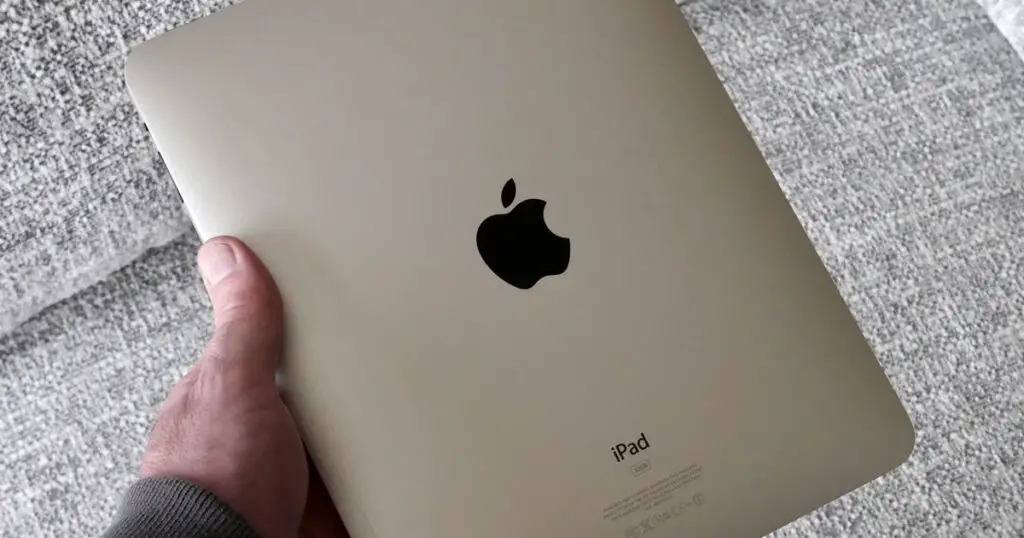
Enter the realm of innovation with the iPad, Apple’s iconic touchscreen tablet that has redefined personal computing. Designed with meticulous attention to detail, the iPad is not just a device; it’s an intuitive interface that seamlessly integrates with the iOS operating system, delivering a brilliant display and a touch of technological marvel.
The iPad’s versatility extends beyond its sleek design. Equipped with an array of accessories such as the Apple Pencil, smart keyboard, magic keyboard, and smart keyboard folio, the iPad transforms into a powerhouse tailored to meet various needs. The Apple Pencil, in particular, elevates the iPad into a canvas for sketching ideas, taking notes, or creating digital masterpieces with precision.
Portability is a hallmark of the iPad. Compact, lightweight, and wireless, the iPad allows users to carry their creativity wherever they go. The iOS operating system ensures a seamless and familiar user experience, connecting the iPad effortlessly to other Apple devices for a synchronized ecosystem.
Despite its smaller form factor compared to traditional computers, the iPad matches them in functionality. With a host of apps and software available on the App Store, the iPad becomes a versatile tool capable of handling a multitude of tasks. Whether you’re sketching ideas, managing documents, or indulging in entertainment, the iPad offers a touch of innovation in a compact package.
The iPad’s adaptability and user-friendly interface make it an attractive choice for those who value a wireless and portable computing experience. As we delve deeper into the capabilities of the iPad, we discover a touch of innovation that enhances the way we interact with technology, fostering a new era of digital possibilities.
Also read: Will a Dongle Work on a Tablet?
Is It Possible to Connect A Wacom Tablet to an iPad?
As the worlds of Wacom tablets and iPads converge, the question arises: Is it possible to connect these two devices, bridging the gap between digital artistry and innovation? The answer, while not a straightforward yes, unveils a nuanced exploration of connectivity options.
In the quest for a connection, a partial affirmation emerges. A notable method involves a wired connection:
- Connect the tablet wire to a powered USB Bank: This serves as the initial link in the chain, providing power to the connection process.
- Connect that USB Bank wire to another powered USB Bank: Amplifying the power supply ensures a stable connection between the Wacom tablet and the iPad.
- Attach another wire from the first one to an iPad camera USB Dongle: The iPad camera USB Dongle becomes the intermediary, facilitating the connection between the Wacom tablet and the iPad.
- Use the Wacom stylus on the screen of the Wacom tablet: With the physical connection established, the Wacom stylus can interact with the iPad’s screen, creating a bridge between the two devices.
While this method offers a tangible connection, it’s essential to note that wireless connectivity, particularly via Bluetooth, presents challenges. Attempting to connect Wacom tablets to iPads through Bluetooth may not yield optimal results, emphasizing the importance of exploring alternative approaches.
Despite the workaround required for a physical connection, the exploration doesn’t end here. The limitations posed by a wired connection prompt us to consider other scenarios and potential solutions, unraveling the intricacies of connecting Wacom tablets with iPads.
Choosing Between Wacom and iPad
The decision to invest in a Wacom tablet or an iPad for your creative endeavors involves a careful consideration of various factors, ranging from your artistic preferences to budget constraints. Let’s explore the nuances of choosing between these two distinct devices, each with its own strengths and purposes.
1. Consider Your Artistic Focus:
If your primary focus is on illustration, digital art creation, or graphic design, a Wacom tablet emerges as a powerful ally. Its stylus pens and pressure sensitivity provide a seamless drawing experience tailored for artists.
For beginners or those looking for a more versatile computing device, the iPad offers a broader range of applications beyond illustration, catering to various creative and productivity needs.
2. Evaluate Your Budget:
Wacom tablets, known for their affordability compared to certain high-end iPads, present a cost-effective solution for artists seeking dedicated drawing devices.
iPads, while potentially pricier, offer a multifunctional approach, serving as tablets for various tasks beyond artistic endeavors. Consider your budget and how much you’re willing to invest in your creative tools.
3. Assess Portability Requirements:
If portability is a top priority and you prefer a wireless, on-the-go solution, the iPad stands out. Its compact design, coupled with wireless capabilities, allows for creativity anywhere.
Wacom tablets, while portable, may require a wired connection to a computer for optimal functionality. Consider your need for mobility and whether a wired connection aligns with your creative workflow.
4. Examine Your Skill Level:
For seasoned artists and professionals who demand precision and advanced features, a Wacom tablet is often the preferred choice. Its direct connection to a computer provides a seamless extension of the digital workspace.
If you’re a beginner or someone exploring digital art casually, the iPad offers an accessible entry point with user-friendly interfaces and a variety of creative apps.
5. Explore the Option of Both:
In some cases, having both a Wacom tablet and an iPad can be advantageous. Artists may use the Wacom tablet for detailed illustration work on a computer and leverage the iPad for on-the-go sketching and idea generation.
Ultimately, the choice between a Wacom tablet and an iPad boils down to your specific needs, preferences, and creative aspirations. Each device has its unique strengths, and the ideal choice aligns with your artistic journey and the ways in which you envision bringing your creations to life.
Conclusion
As we navigate the realms of Wacom tablets and iPads, the quest for the ideal creative companion reveals a rich tapestry of possibilities. Whether you’re an artist seeking precision in illustration or a creative enthusiast exploring the expansive world of digital possibilities, the decision between Wacom and iPad hinges on nuanced considerations.
Wacom tablets, with their dedicated stylus pens, emerge as stalwarts for those who prioritize a seamless drawing experience, unparalleled pressure sensitivity, and a direct connection to a computer. The journey with a Wacom tablet unfolds as a tailored experience for artists who demand precision and advanced features in their digital creations.
On the other hand, the iPad, with its sleek design and multifunctional capabilities, caters to a diverse audience. Beginners, professionals, and recreational users find a versatile canvas in the iPad, a wireless and portable device that extends beyond illustration to a myriad of creative and productive tasks.
The decision-making process involves a delicate balance—considerations of budget, artistic focus, portability needs, and individual skill levels all play a role. Some may find solace in the affordability and specificity of a Wacom tablet, while others embrace the multifaceted nature of the iPad.
In certain scenarios, the notion of having both—a Wacom tablet for detailed work and an iPad for on-the-go creativity—becomes an attractive proposition. This dual approach allows artists to seamlessly transition between intricate projects on a computer and spontaneous sketches wherever inspiration strikes.
In conclusion, the choice between Wacom and iPad is a personal journey, a reflection of your unique creative aspirations and requirements. Each device stands as a testament to innovation in the digital realm, offering a canvas for artists and creators to bring their visions to life. As you embark on your creative odyssey, may your chosen companion—be it a Wacom tablet, an iPad, or a harmonious blend of both—serve as the catalyst for boundless artistic exploration.
